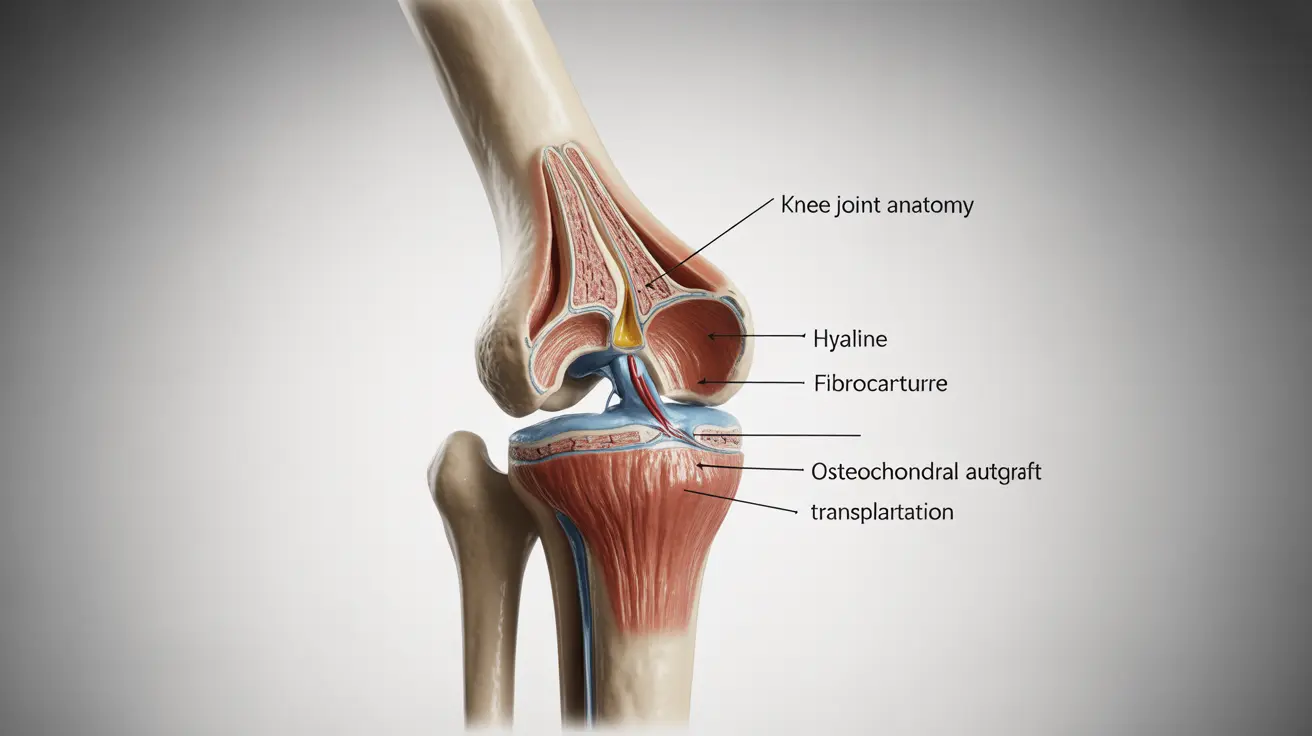How to Interpret Your Bone Profile Blood Test Results
A bone profile blood test evaluates several markers to assess bone health and diagnose diseases. Here’s a breakdown of the key components:
- Calcium:
- Normal range: 8.6–10.2 mg/dL.
- High levels may indicate hyperparathyroidism, certain cancers, or excessive vitamin D intake.
- Low levels can suggest osteoporosis, malnutrition, or kidney disease.
- Phosphate:
- Normal range: 2.5–4.5 mg/dL.
- Elevated levels may point to kidney disease or overactive parathyroid glands.
- Low phosphate can indicate poor dietary absorption or vitamin D deficiency.
- Alkaline Phosphatase (ALP):
- Normal range: 44–147 U/L.
- High ALP is commonly associated with bone diseases, such as Paget’s disease, or liver disorders affecting bile flow.
- Albumin:
- Normal range: 3.5–5.0 g/dL.
- Low albumin may be linked to poor liver function or malnutrition, affecting bone and muscle health.
Abnormalities in these markers can help diagnose bone diseases like osteoporosis, bone tumors, or metabolic disorders affecting bone density. Your doctor may recommend further imaging tests or treatments based on these findings.
Recommended Tests
- Phosphate Blood Test
- Assesses phosphate levels to help diagnose bone disorders and kidney dysfunction.
Phosphate Blood Test
- Assesses phosphate levels to help diagnose bone disorders and kidney dysfunction.
- Alkaline Phosphatase (ALP) Blood Test
- Measures ALP to detect bone diseases or liver conditions.
ALP Blood Test
- Measures ALP to detect bone diseases or liver conditions.




